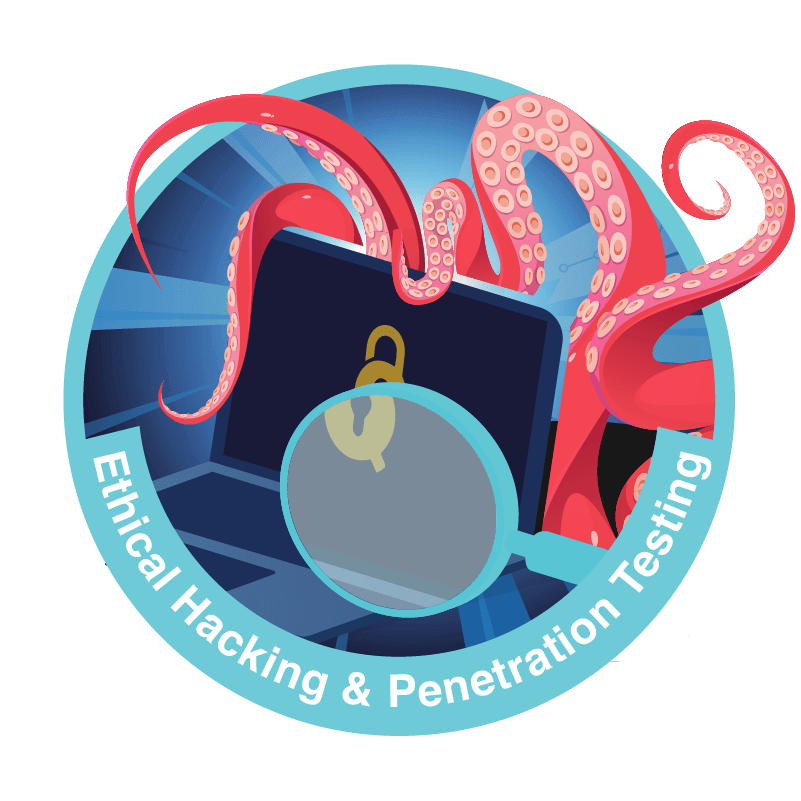PCI DSS Penetration Testing Services You Can Trust
Looking for PCI DSS penetration testing guidance? You’re in the right place. Whether it’s your first test or part of your regular compliance cycle, it’s important to get it right. We provide clear quotes, straightforward guidance, and fully compliant PCI penetration tests — helping you stay secure and meet Requirement 11.4 with confidence.


What Is a PCI DSS Penetration Test?
A PCI DSS penetration test is a security assessment that simulates how an attacker might try to exploit weaknesses in your systems. It’s a key part of Requirement 11.4 and helps confirm your defences are strong enough to protect cardholder data.
If your organisation stores, processes, or transmits payment card information — or connects to systems that do — PCI DSS penetration testing is likely a requirement. This applies to e-commerce businesses, retailers, service providers, and anyone in scope for PCI compliance. The test checks your internal and external systems, and if you use network segmentation, it verifies that those controls are working as intended.
- Tests your cardholder data environment (CDE): The assessment targets the systems and network segments where cardholder data is stored, processed, or transmitted — to ensure they’re properly secured.
- Required under PCI DSS Requirement 11.4: Regular testing is mandatory for many businesses, especially after major changes or if you rely on segmentation to reduce your compliance scope.
- Helps prevent breaches before they happen: It identifies real-world vulnerabilities so you can fix them before attackers find and exploit them.
What Is PCI Compliance and Why Does It Matter?
PCI compliance refers to meeting the requirements of the Payment Card Industry Data Security Standard (PCI DSS) — a global framework introduced in 2004 to protect payment card data. It was developed by major card brands, including Visa, Mastercard, and American Express, to reduce the risk of data breaches and standardise security controls across businesses that store, process, or transmit cardholder information.
Organisations that handle card payments must comply with PCI DSS to protect customer data and avoid financial and reputational damage. Depending on your transaction volume and how you process payments, you may be required to carry out regular assessments — including PCI DSS penetration testing — to stay compliant and secure your cardholder data environment (CDE).
What Is the Scope of PCI DSS Penetration Testing?
Under Requirement 11.4 of PCI DSS, penetration testing must cover all systems and components that could affect the security of the Cardholder Data Environment (CDE). This includes any networks, applications, or infrastructure that store, process, or transmit cardholder data — or are connected to systems that do. The goal is to simulate real-world attacks to identify and address any security weaknesses before they can be exploited.
PCI DSS penetration testing applies to more than just external systems. It includes internal systems, network segmentation controls, and critical services that support your payment processes. If changes have been made to your infrastructure, segmentation, or applications, the scope must be reviewed and testing repeated.
The full PCI penetration test requirements scope includes:
External systems:
Public-facing assets like web servers, APIs, and applications used to store, process, or transmit cardholder data — key targets in PCI DSS penetration testing.
Internal infrastructure:
Networks and systems inside your organisation that have access to, or could impact, the CDE. These must be tested as part of PCI compliance penetration testing.
Segmentation controls:
If you’ve implemented network segmentation to reduce the scope of PCI DSS, these controls must be tested to confirm they effectively isolate the CDE.
Critical systems:
Any application, database, service, or operating system that supports cardholder data functions or could affect its security posture.
Changes to systems or networks:
Penetration testing is also required after any significant upgrade or modification to infrastructure or applications — not just annually.
Connected systems:
Systems outside the CDE that can access or affect it — like jump servers or third-party integrations — must be included if they pose a security risk.

How Often Is PCI DSS Penetration Testing Required?
Knowing how often to carry out PCI DSS penetration testing is important for staying compliant and protecting cardholder data. Testing isn’t a one-time task — it needs to happen regularly. The exact timing depends on your business type, how you manage your systems, and whether you use network segmentation.
PCI DSS penetration testing frequency explained:
- At least once a year: PCI DSS requires annual penetration testing for all organisations in scope, ensuring that evolving threats are addressed and defences stay current.
- After major changes: If you make big updates to systems, networks, or apps that could affect security, new testing is required.
- Every six months for service providers: If you’re a service provider, penetration testing for PCI must be done twice a year (as stated in Requirement 11.4.6).
- If you use segmentation: You need to test your segmentation controls regularly to make sure they still keep systems that store, process, or transmit cardholder data separate and secure.
Our PCI Penetration Testing Methodology
Our PCI DSS penetration test methodology follows a structured process designed to meet compliance requirements and identify real-world risks. As part of your PCI DSS compliance process, our penetration test also includes a thorough vulnerability assessment to highlight potential risks before they become critical issues. Each step aligns with PCI DSS 11.4.1 and ensures your cardholder data environment (CDE) is tested thoroughly and professionally.
1. Scoping
- We work with you to identify systems, networks, and applications that fall under PCI DSS — including internal, external, and segmented environments.
2. Collect system information
- Before testing begins, we gather information to understand how your systems are set up. This includes things like which services are running, what software is in use, and how your network is structured. This helps us plan realistic and effective tests.
3. Identify vulnerabilities
- We look for weaknesses such as outdated software, configuration issues, and open ports — anything that could give an attacker a way in.
4. Test whether vulnerabilities can be exploited
- We carry out controlled tests to see if the weaknesses we’ve identified can actually be used to gain unauthorised access or expose sensitive data. This step helps show which issues pose real risks and need urgent attention.
5. Test segmentation controls (if used)
- If you use network segmentation to limit the PCI DSS scope, we test those controls to confirm they effectively isolate the cardholder data environment (CDE).
5. Provide a clear, PCI-aligned report
- You'll receive a detailed report that explains each finding, the level of risk, and how to fix it — all clearly mapped to the relevant PCI DSS requirements. This helps you demonstrate compliance and take the right steps toward remediation.
Customer Feedback
Hear more from our clients: Check out our 5 star Google Reviews here



Work With Trusted PCI DSS Penetration Testing Experts
Looking for trusted PCI penetration testing companies? If you need to meet PCI DSS penetration testing requirements, you want a provider who understands what’s at stake and won’t overcomplicate things.
Whether this is your first test or part of your annual cycle, we’ll make sure you get a clear, accurate assessment that ticks every box in Requirement 11.4. We’ve helped many businesses stay compliant and protect cardholder data — and we can do the same for you.
At Equilibrium Security, our testers are CREST-certified and experienced in delivering PCI compliance penetration testing that’s thorough, professional, and easy to understand. We’ll guide you through each step, explain what needs to be tested, and help you fix any issues quickly and effectively.
- Expert testers who are CREST-certified: We know PCI DSS inside out and perform a wide range of tests to help businesses meet compliance requirements.
- Full PCI compliance penetration testing: Internal and external systems, network segmentation, and anything that connects to your cardholder data environment.
- Clear, practical reporting: Just straightforward findings mapped to PCI DSS requirements, so you know what to fix and why.
- Test plans tailored to your PCI level: Whether you're a Level 1 merchant or a small business, we adjust the test to fit your compliance needs and technical environment.
Meet Our Pen Testers





